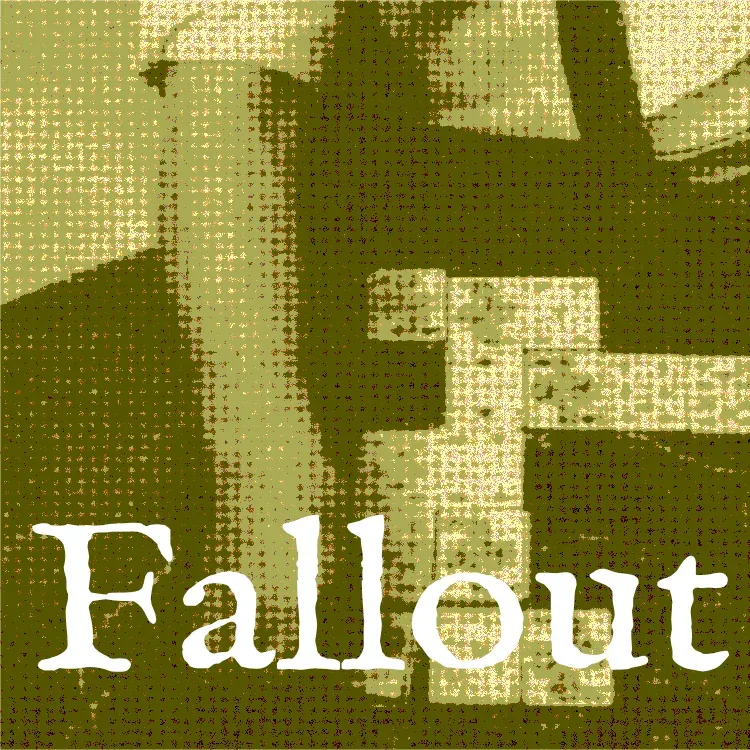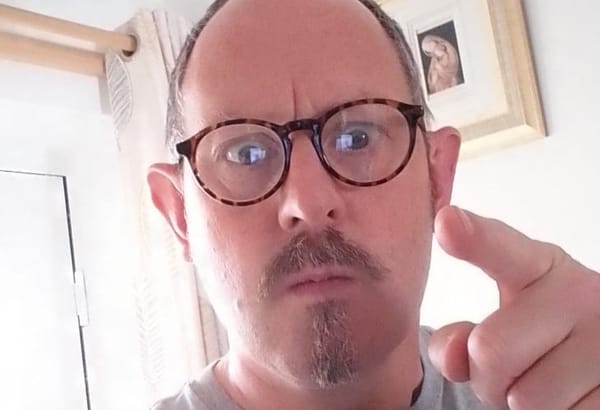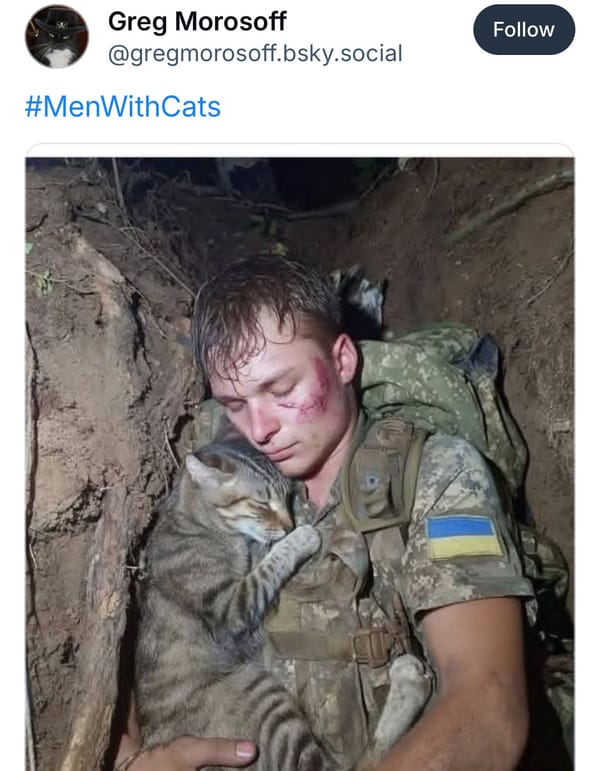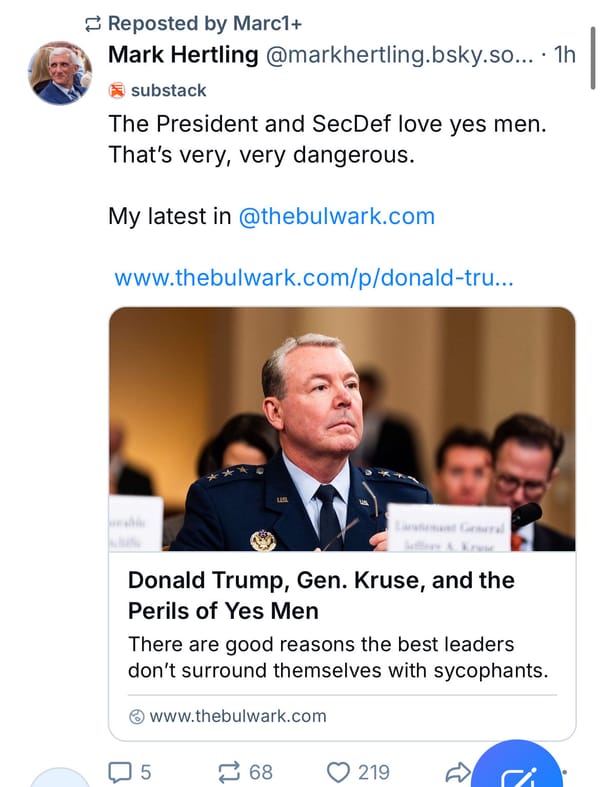Remember Vukovar: lessons from the breakup of Yugoslavia
(working paper)

Image: Vukovar 1991, (inavukic.com)
Who today, on social media, remembers the destruction of Vukovar (August-November 1991)?
The Yugoslav People's Army conducted an 87-day siege of the Croatian city. The fighting led to more than 3,000 dead, 20,000 deported Croats and several ugly Serbian perpetrated massacres. The story of Vukovar parallels Mariupol, in scale of destruction, the known numbers of civilians killed, and the ethnic deportations. Vukovar was at the beginning of what turned into a long and bitter conflict. During that conflict, lessons were learned about modern conflicts, the nature of genocide and how to stop such conflicts from escalating. The break-up of Yugoslavia generated the concept of ethnic cleansing, which even today is not generally accepted by some scholars. The conflict inspired a school of research to examine the field of genocide, although we appear to be at odds over my concept of mechanised genocide (note previous blogs) and significant unfollowing on Twitter.
Genocide was a word formulated by Raphael Lemkin, between 1933 and 1944. In 1948 the UN and the Geneva Convention accepted/incorporated 'genocide' as a crime against humanity and war crimes. These organisations recognised that genocide occurred from the destruction of entire or partial populations, whether national, ethnic, racial, or religious grounds. In the simplest form, the test of genocide was identified by five criminal acts: killing members of a group, causing serious psychological or physical harm, imposing harsh conditions intended to destroy life, interfering with a group's fertility, and removing/deportation of children. In all cases, war was not the prerequisite for determining genocide. International organisations have registered upwards of 50 genocides since 1945. During the troubles in former Yugoslavia, the widespread atrocities pushed research to re-examine Genocide, the Holocaust, and mass killing. These tests of definitions, theories and case studies advanced research into genocide, but more importantly, focused on the classification of genocide for the correct means to stop or even prevent its appearance. In this context, my research focused entirely on the perpetrators: the elites, the institutions and the individual soldier/official. This paper follows that viewpoint.
A Strategic Logic of Genocide
In 2004, Benjamin Valentino published a study of genocide that received much criticism. Dan Stone, in his Historiography of Genocide, argued Valentino had '… overemphasize(d) the role of political and military leaders in genocide …' (p.52). However, Valentino's 'The strategic logic of mass killing' has relevance in framing Putin's illegal war. In this interpretation, the adoption of genocide for strategic purposes pointed to a deeper insidiousness in the application of Russia's politics of violence. While some of this language seems dated, he did note that genocides had been adopted to transform societies according to a doctrine. In another opinion, Valentino noted: 'sometimes mass killing is simply war by other means.' (p.81) However, regardless of the thin Clausewitzian tone, it was his next observation that spoke directly to the present conflict: 'Coercive mass killings occur in major conflicts when combatants lack the capabilities to defeat their opponents' military forces with conventional military techniques.' Has Putin resorted to genocide because he recognised Russia could not easily defeat Ukraine or was genocide Putin's response to the Russian Way of War's waning military prowess?
The long term generic decline of Russia's national identity and military power was most obvious after the USSR dissolved, and when several states including Ukraine chose to break away. A period of cultural vacuum between state communism and state introduced market capitalism raised doubts over national identity and a sense of failure in the rivalry with the USA. Once the Russian economy began to stagger under the weight of change and then collapsed, the widespread social disruption led to doubts over national survival. The social safety nets of life in the Soviet Union were removed, forcing deep poverty, black markets and bartering of valuables for food. The social elites struggle for power and capital, stripping state assets from public ownership and utilities from oversight. Oil became the commodity of power. The first signs of the decline in military power came during the Afghanistan war. An Afghan syndrome led Russian leaders to focus on civil authority to face the end of the Cold War. To address the imbalance in civil-military relations, the army was tied to the power of the presidency but its budgets began to decline. Examples, of an exploration into a more relevant way of war came from Boris Yeltsin. He first used the army to take control of the state in 1993 and later as a peace-keeping force in Yugoslavia.
The legacy of Slabodan Milošović
In the 1980s Milošović, a leading Serbian Communist presided over the Socialist Republic of Yugoslavia years after Tito's death. He used economic and constitutional reforms to rise to power. However, he began to embrace a deeply Serbian nationalistic agenda to confront the rise of Croatian independence and the Bosnian Muslim communities. Understanding Milošović's use of genocide provides insight into Putin's methods since both had similarities. Both men used their Communist background to erect a nationalism for one country, both resorted to religious conflict and both resorted to genocide besides conventional military capability. At the time these methods unravelled slowly over a long period of violence and conflict.
Bombardment to annihilate was consistent with both conflicts, with sieges lasting for extended periods in one case up to more than 1400 days. This imposition of extreme conditions to cause mass suffering was a deliberate act of genocide. One leading UN official, French General Morillon was profoundly shocked at the living conditions that masses of people were forced to live under - he remained in one city to expose the horrors to the world. Milošović's resort to crimes against civilians followed several patterns: the killing of large numbers of men, mass rapes and the employment of paramilitary forces to 'cleanse' communities. Milošović incorporated war crimes and crimes against humanity from the beginning of the conflict in 1989. In response to the terror, the Croatians and Bosnians turned to mass killings and atrocities. This is the logic of genocidal conflict, locking both sides into a struggle for existence.
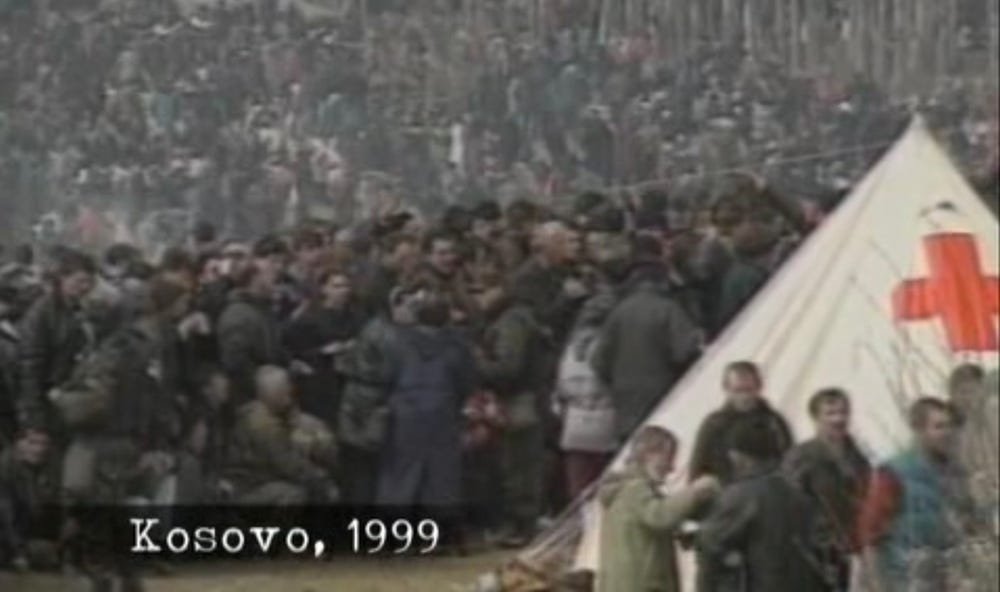
Image: refugee camps.
Both Milošović and Putin were Boris Yeltsin's creatures, they were nurtured like a godfather mafia boss initiating proteges, rather than the regular discourse of state politics. From the outset of Putin's illegal War, the five acts of genocide have been present. The Russian way of war has tightly woven genocidal acts within military operations. The destruction of Mariupol took less than four weeks. Volnovakha and many towns around Kyiv and Kharkiv have also been obliterated. This was achieved in record time through the deliberate positioning of artillery in pre-constructed positions. Massive excavations, the size of quarries were cut into large areas far behind the national frontiers. Then targets were pre-set as grid coordinates, which enabled the artillery to flatten targets systematically by the hectare. The annihilation bombardment is the signature mission of Russian artillery doctrine, and the flattening of Ukraine's towns and cities has also been extended to destroying crops. In addition to the destruction of archives and other cultural buildings, there is evidence that the Russians are avoiding the destruction of Orthodox churches. Forcing the break-up of Ukraine also has parallels with the break-up of Yugoslavia.
Russian ground forces personnel, yet to be determined, have also carried out crimes against Ukraine's civilians. This has included mass killing, rape, physical harm, deportation and killing of children. To remove the evidence, bodies were buried in mass grave pits. There has also been looting and plunder. There are further claims, posted on Twitter, indicating acts of gratuitous violence. In contrast with these claims, there has been counter-evidence that has proven these claims were incorrect. One example was the story of the Russian tank that drove over a civilian car. Claims that it was a deliberate collision were countered by others that the vehicle had lost control and the incident was an unfortunate accident. Regardless of the claims and counter-claims, the number of civilians killed in brutal acts by Russian soldiers has been mounting the longer the war has continued. Reflecting on these events we should raise two questions: was the Russian 'silence' a statement about the intent to commit genocide, and how quickly can a person be initiated into committing war crimes?
Sinister silence
Silence routines had always been a feature of military operations. Armies went to great lengths to prevent their signals from being intercepted and deciphered. In 1941 the Nazis found their signals about the Holocaust were being deciphered, especially the SS-Police codes. The SS-Police leadership became entangled in endless arguments over signals traffic about the deportation trains carrying Jews to ghettoes and the camps. In Putin's War, we confront a different kind of silence, so pervasive that it has enabled the Ukrainian info-war services to take control of social media. The Russians removed all Smartphones from the combat zone and placed blanket silence on overall war coverage. On 26 March, the Russian command announced the beginning of the 'second phase' of the invasion. The Russian curtain of silence was lifted for a few images of conquests but little else. The reports of rape, deportations, and destruction of agricultural lands, provide some insight into the plan. By controlling or limiting the number of horror pictures appearing in Russian society, it's easier for Putin to apportion the blame to Ukrainian neo-Nazis. Silence reduces the social pressure from families on young soldiers, thereby preventing the undermining of their morale. Also, in the event of capture, they would have no e-record of value to Ukraine's intelligence/counter-intelligence. This also raises the prospect of localised war crimes without a record – killing POWs, vandalism plunder, torture, murder, and rape. Ultimately, the absence of pictures means the narrative is open to being recreated, rewritten, and redefined – it assumes Ukraine never existed.
The initiation into war crimes.
Fears of a new Bosnia-Serbia conflict are simmering in the background as Putin's illegal War reaches the 'second phase'. During the collapse of former Yugoslavia, the violence erupted into ethnic cleansing as religious conflict descended into terror and revenge. The confessions of the former Bosnian-Serb soldier Borislav Herak are a reminder of how unremarkable the war crime perpetrator is, and their ease toward mass killing. He was captured and placed on trial for genocide – he confessed to 32 murders and 16 rapes – and he remains in prison, the only soldier found guilty of genocide during the entire decade of violent conflict.
During the trial process, Herak confessed before cameras for his crimes and represents an important record of how an individual was turned into a mass murderer. He had an unremarkable upbringing. Then he was conscripted and trained by a police officer in how to kill pigs with a large knife. His first killing followed soon afterwards. His unit was attacked by Bosnians. They fled but captured six men from Visoko, in uniform, and they were disarmed. He was ordered to kill them with a knife, like killing pigs. One was knocked to the floor and struck with a gun. Herak was told to kill him, and he confessed - he took the man by the hair, forced his head to the floor, and then 'slit his throat once.' Then the rest were killed in the same way. He later confessed to observing the Serbian army conduct mass killings and afterwards, the grave pits were filled up by bulldozers. While guard duty of Bosnian prisoners, he shot one who tried to escape. During these confessions, he described in detail the rape of young women and afterwards killing them. He was told to participate in the rapes because it would improve his morale. To kill the women afterwards was excused because there were too many women and not enough rations. This warped rationale culminated in shooting women in the forehead.
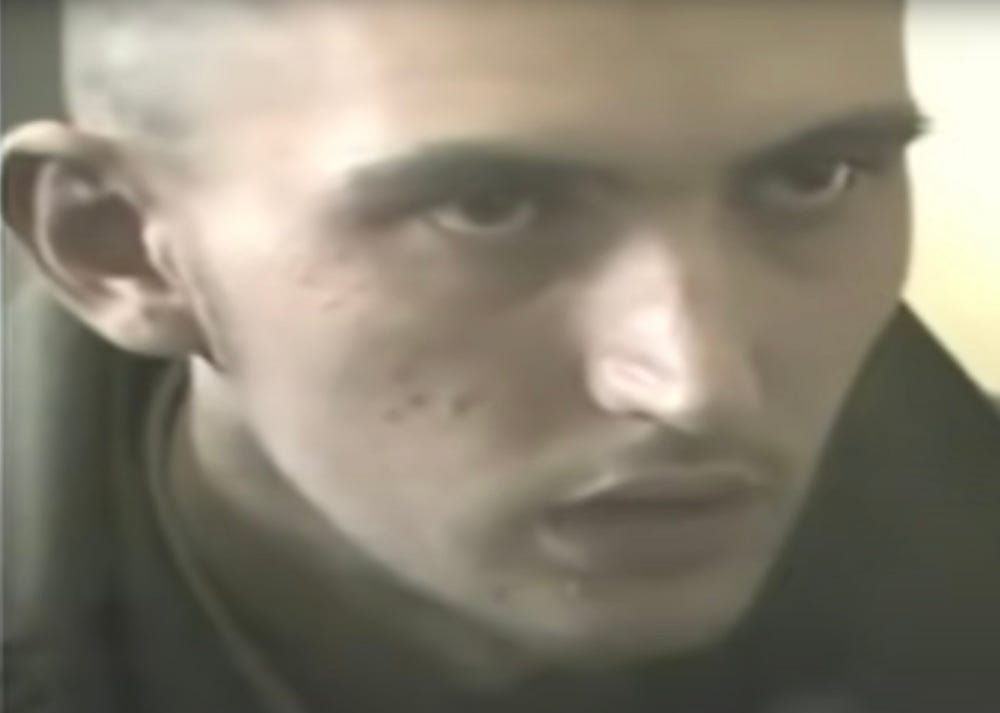
Image: Borislav Herak, confession videotape
In the perpetrator's story, while confessions are important they are often rare and sometimes the fall guy for a far more serious offender to escape. On 26 September 1998, twenty-one members of the same family were massacred in a forest nearby Kosovo. Within two days HRW had issued an official statement about the killing of 18 adults and 5 children in a forest
https://www.hrw.org/news/1998/09/28/eighteen-civilians-massacred-kosovo-forest
This story from Kosovo highlights the importance of forensic science but also the necessity of diplomacy in enforcing the investigation of genocide. Once the story was a news headline, NATO threatened to bomb Belgrade if a forensic mission was refused. Reluctantly the Serb government agreed and Professor Helena Ranta (Finland) was assigned by the EU to examine the reported massacre sites. Gornje Obrinje where men, women and children were massacred by the Serbian armed forces and Klecka, where Serbian civilians were killed by the Kosovo Liberation Army (Albanian separatists). In November 1998, Channel 4's Dispatches (UK Tv) broadcast 'Mission Impossible', which followed Helena Ranta's forensic investigation team in Kosovo. Ranta's endurance under harsh political pressure from both Serbian and Albanian officials was remarkable. Both sides wanted investigations of their victims but were opposed to investigations of their crimes.
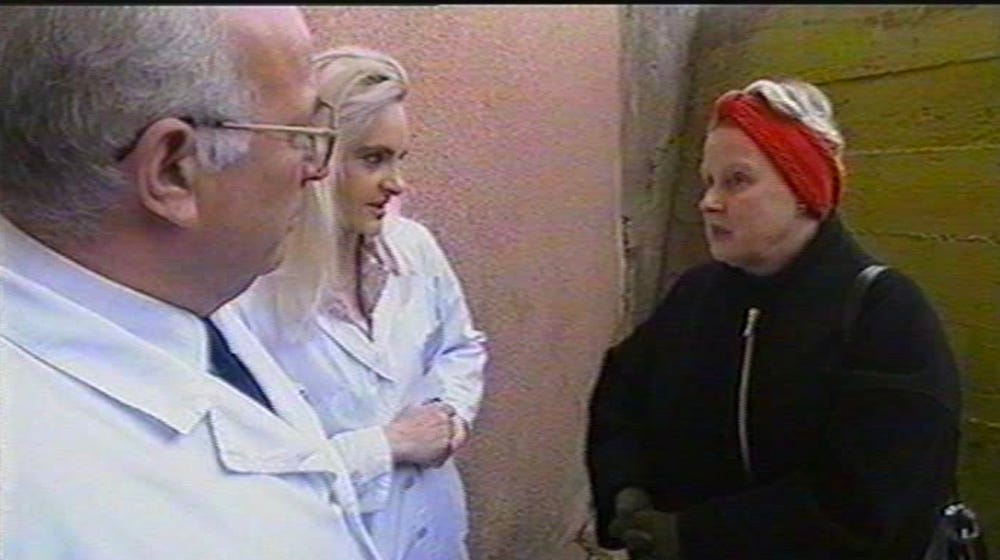
Professor Helena Ranta with Serbian medical assistants in 1998, (Channel 4)
The investigations had no documentation, only bone and body fragments. A Serbian judge, Danica Marinkovic, claimed the Albanians had constructed lime ovens. There were only 'carbonised bones' and remains. Ranta was followed as they navigated through ghost towns wrecked by conflict, and under constant military observation from both sides. Ymer Deliaj remained in the area and had marked the graves of the bodies of his family. After the massacre he found his dead wife covering their child, who died soon afterwards. Baskim Delijai described how the soldiers assaulted from behind tanks to occupy their town and one had thrown a grenade through the second-floor window of his home. Ranta explained before the cameras how critical exhumations and postmortems were in building evidence for criminal investigations. There had been weeks of demanding difficult work, negotiating with authorities, and acquiring resources and people to assist in the progress. The perpetrators had used bayonets, axes and hammers used to kill. The Serbian government realised the Albanians in Kosovo would not all their officials into the area. They demanded Danica Marinkovic travel with Ranta's team. En route, a vehicle broke down and the team were forced to withdraw because a Serbian army unit demanded entry, claiming to be forensic scientists with armoured cars and AK-47s. Later, Commander Shkupi of the KLA revealed he had orders to shoot the investigators if they were accompanied by Serb officials.
Remembering Vukovar – understanding the destruction of Mariupol
Genocide was coined by Raphael Lemkin and incorporated by the the UN and the Geneva Convention in 1948. There have been 50 genocides since 1945 and still they continue. While experts discuss definitions and theories, politicians argue over how to act, and social media broadcasts more than sensitive images, the problem remains how to prevent and end genocide.
The appearance of genocide in Ukraine has also 'shocked' social media, why? Twitter and other platforms have recent history, they also have a longer history – mostly the Second World War content through books/YouTube/films/discussion etc – but, have a gap across the period 1945-2010, the period when traditional media influenced society before the Smartphone. In the change to social media, conflicts like those in the former Yugoslavia and Chechnya were not carried into the new age. The nature of genocide and ethnic cleansing disappeared from public memory. In Yugoslavia, the US, NATO, and the UN were determined to confront and prevent genocide from escalating. In the 1990s air power was effective in forcing the aggressors to withdraw. These lessons are conveniently forgotten in the case of Ukraine, where the west has recoiled at Putin's threat to use nuclear weapons.
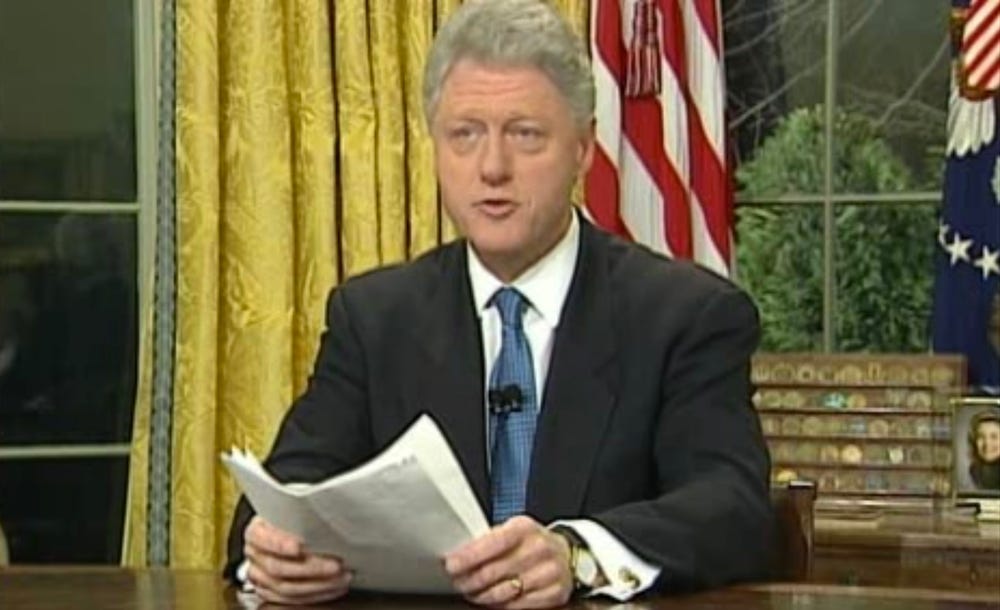
Clinton’s televised announcement of the bombing of Belgrade.
The escalation from genocidal war to World War is slowly building in intensity.
Putin's economic warfare methods have returned the serve as economic sanctions imposed by the west have seen have the first signs of food-stuff shortages and energy crises. The genocidal actions are intimidating the west as the fear of nuclear confrontation is back-firing into military impotence. The west’s free market is constructed on rigid social structures that constrict responses to properly counter food shortages and exorbitant fuel prices. The destruction of Ukraine cities and random acts of genocide may represent the first stage of the global meltdown.
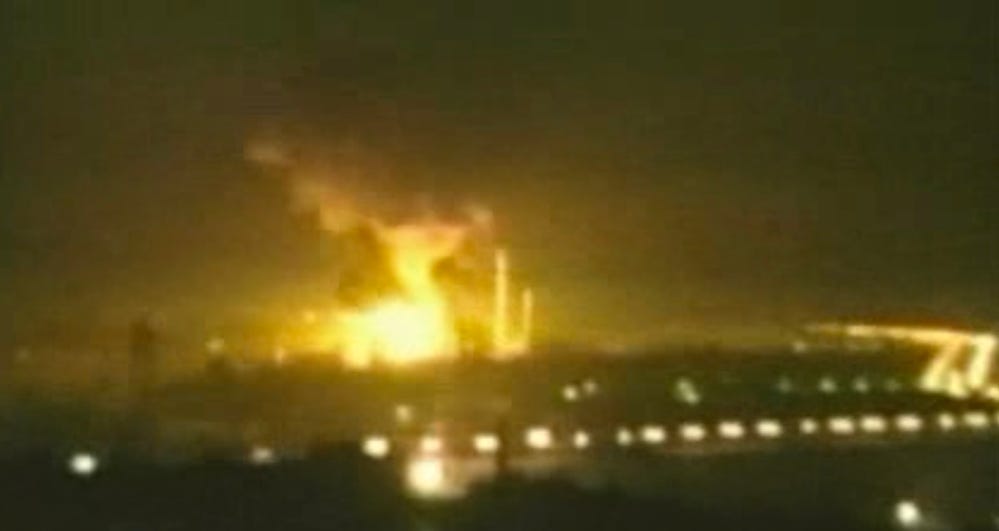
Belgrade power station struck by US aircraft.
Visit my Ko-fi shop to get my book Bandenbekämpfung - Hitler’s Bandit Hunters or a chat.
[1] Benjamin A. Valentino, Final Solutions: Mass Killing and Genocide in the 20th Century, (Cornell, 2004).
